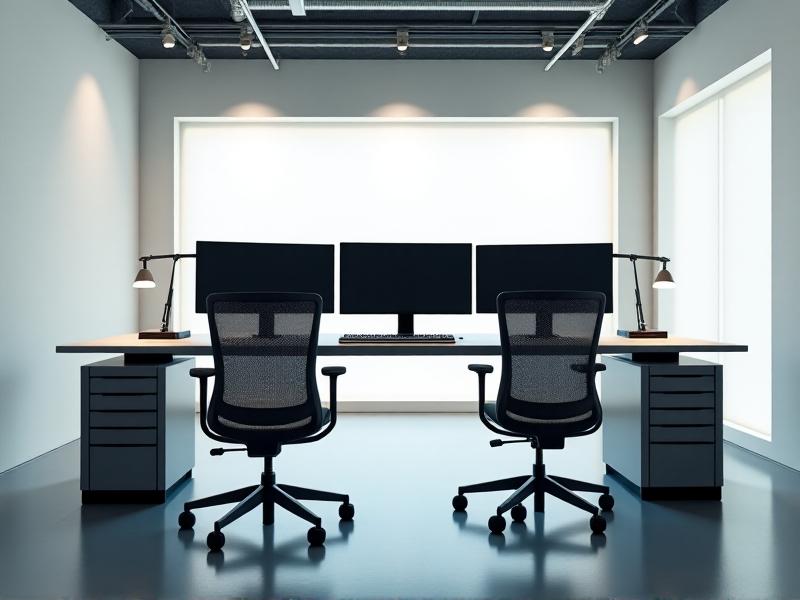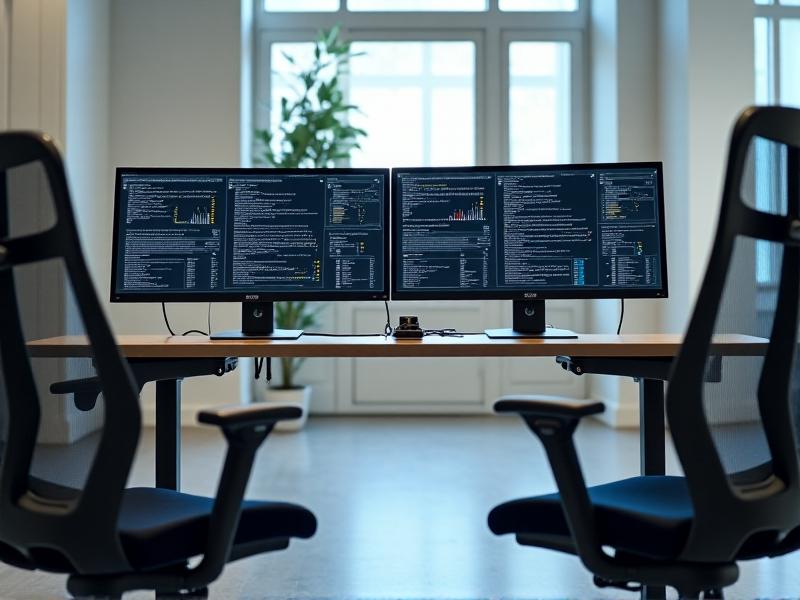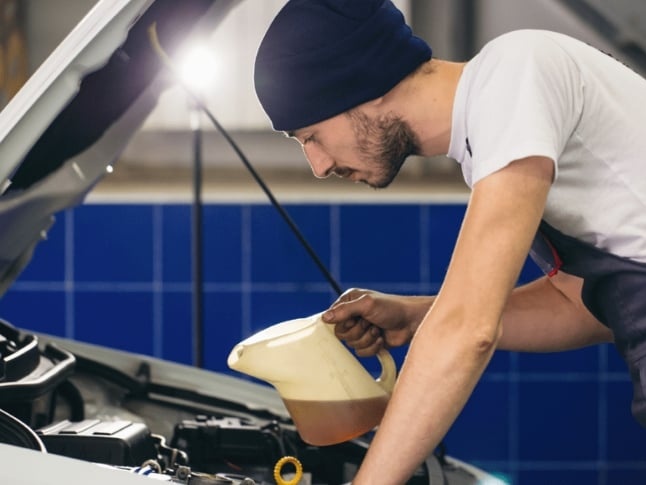Rapid Setup Workstations for Time-Limited Events
Introduction to Rapid Setup Workstations
In today’s fast-paced world, time-limited events such as hackathons, trade shows, and pop-up offices require efficient and quick workstation setups. Rapid setup workstations are designed to meet these needs, providing a seamless and productive environment in minimal time. These setups are not just about speed; they also focus on functionality, ergonomics, and adaptability. Whether it’s a tech conference or a temporary office, the ability to deploy workstations swiftly can make or break the success of an event.

Key Components of a Rapid Setup Workstation
Creating a rapid setup workstation involves several key components that ensure both speed and efficiency. First, modular furniture is essential. Pieces that can be easily assembled and disassembled save valuable time. Ergonomic chairs and adjustable desks are also crucial for maintaining comfort and productivity over long hours. High-performance laptops or desktops, along with multiple monitors, enhance the user experience. Additionally, cable management solutions and portable power sources ensure a clean and functional workspace. Each component must be carefully selected to balance speed, functionality, and comfort.

Planning and Logistics for Quick Deployment
Effective planning is the backbone of rapid setup workstations. Before the event, a detailed floor plan should be created to optimize space and workflow. Logistics, such as transportation and storage of equipment, must be meticulously organized to avoid delays. Labeling and color-coding can streamline the setup process, ensuring that each piece of equipment is easily identifiable. A well-coordinated team is also essential; assigning specific roles and responsibilities can significantly reduce setup time. Contingency plans should be in place to address any unforeseen issues, ensuring a smooth and efficient deployment.

Technology Integration for Seamless Operation
Integrating technology into rapid setup workstations is critical for seamless operation. High-speed internet connectivity is a must, and wireless solutions can reduce cable clutter. Cloud-based software and storage solutions ensure that data is accessible from any device, enhancing collaboration and flexibility. Peripheral devices such as printers, scanners, and external drives should be pre-configured to work seamlessly with the main systems. Security measures, including firewalls and encryption, protect sensitive information. The goal is to create a tech-enabled environment that supports productivity without compromising on security or reliability.
Ergonomics and User Comfort in Temporary Setups
Ergonomics and user comfort are often overlooked in temporary setups, but they are crucial for maintaining productivity and well-being. Adjustable chairs and desks allow users to customize their workspace to their needs, reducing the risk of strain or injury. Monitor stands and keyboard trays can help maintain proper posture. Lighting is another important factor; adjustable desk lamps or overhead lights can reduce eye strain. Even in a time-limited event, ensuring that users are comfortable can lead to better performance and a more positive experience.
Case Studies: Successful Rapid Setup Workstations
Examining case studies of successful rapid setup workstations can provide valuable insights. For example, at a recent hackathon, a team was able to deploy 50 workstations in under two hours using modular furniture and pre-configured technology. Another case involved a pop-up office for a startup, where ergonomic furniture and cloud-based solutions created a productive environment in a matter of hours. These examples highlight the importance of planning, the right components, and a well-coordinated team. Learning from these successes can help in designing effective rapid setup workstations for future events.
Future Trends in Rapid Setup Workstations
The future of rapid setup workstations is likely to be shaped by advancements in technology and design. Lightweight and durable materials will make modular furniture even easier to transport and assemble. Smart technology, such as IoT-enabled devices, can automate many aspects of setup and operation. Virtual and augmented reality could be used for training and planning, allowing teams to visualize the setup before the event. Sustainability will also play a role, with eco-friendly materials and energy-efficient devices becoming more prevalent. Staying ahead of these trends will ensure that rapid setup workstations continue to meet the evolving needs of time-limited events.








